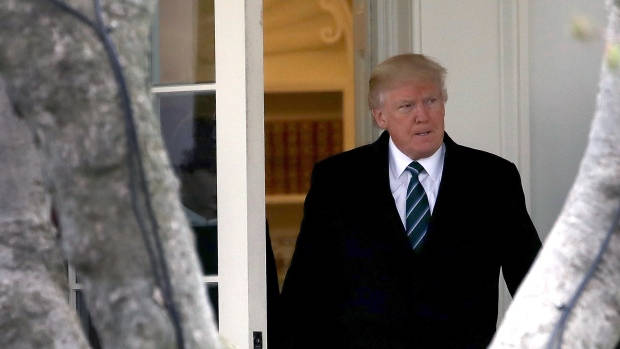President Trump does not have to deliver on all his campaign promises—even all the big ones—but he does have to rev up growth and create more jobs if he is to avoid a dramatic setback for Republicans in the mid-term elections and maximize his chances in 2020.
Key elements of his economic program—tax, regulatory and trade reform—are delayed by the considerable distraction of replacing ObamaCare. For now, he can only tout progress by pointing, as he did in his recent address to congress, to the deals with corporate leaders to move jobs back to America.
The list is impressive—United Technologies, Fiat Chrysler and other top companies have jumped on board —but the impact of those agreements pale in comparison to the task at hand.

The Obama recovery accomplished 2.1 percent annual economic growth and averaged about 186,000 new jobs a month. Mr. Trump would have to create at least 100,000 more jobs each month to bring growth up to 3 to 4 percent and substantially improve living standards for ordinary working Americans.
Generally, company announcements include many jobs that were planned before the president’s surprise election. For example, Lockheed Martin CEO Marillyn Hewson promised 1,800 jobs at its Fort Worth factory after meeting with the persuasive president, but those include some 1,000 that were announced in 2015.
Most deals announced only create 1,000 to 2,000 jobs. Calculating generously, Trump would need 50 new deals each month— a Herculean task—to hit his growth goals.
Even if Trump found the time for so much jawboning and enlisted Treasury Secretary Steven Mnuchin and Commerce Secretary Wilbur Ross, the administration would quickly run out of big companies who could afford to placate the president’s demands.
In fairness, Trump is countering foreign-government practices that sway multinationals to manufacture abroad even when U.S. locations may make good economic sense.











Leave A Comment